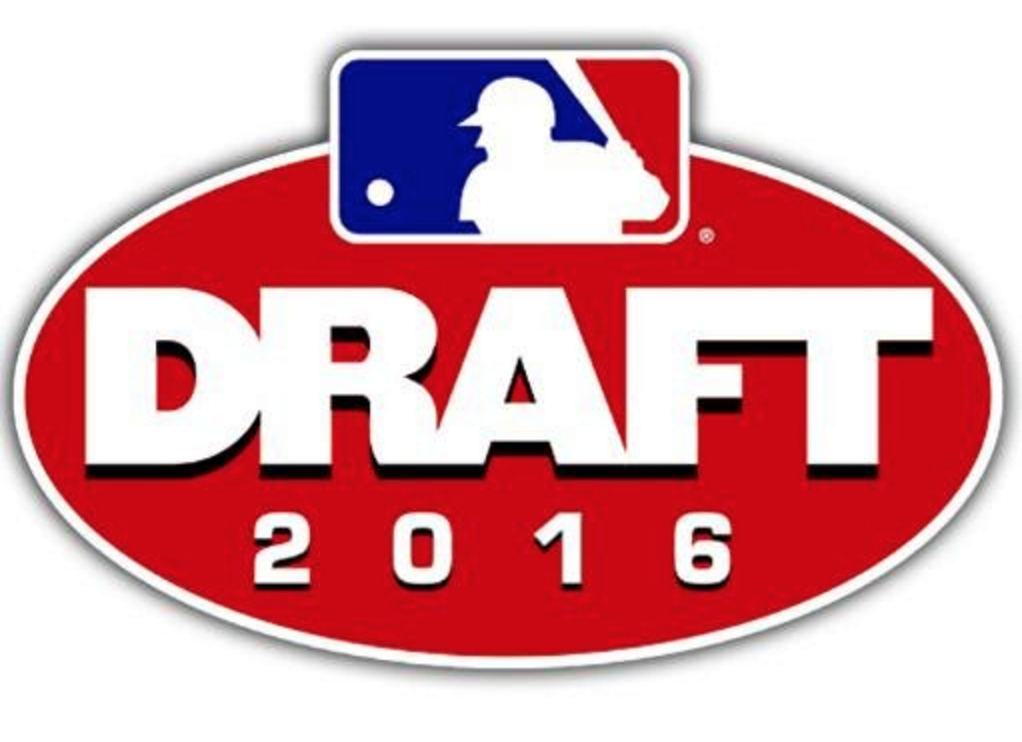A Change in Philosophy or Talent? – Assistant GM JJ Picollo informed me last week of the front office’s decision to send 2015 1st round pick to short season ball instead of Low-A Lexington this season. Going back to 2007, this regime’s first draft, they have had just two picks drafted in the first three rounds not head to full season ball the year after getting picked. Those picks, Carter Hope and Tyler Sample, had less than stellar outings in the minor leagues with Hope getting released by the Royals in the past month. This decision on Russell is an interesting one considering the Royals moved Nolan Watson to Lexington, the results of which have been less than stellar.
A few questions remain on Russell. Are the Royals re-working his delivery which was said to be unclean by some at the draft? Are they wanting him to continue to refine his change up? While Russell’s change was significantly behind the fastball and slider at the time of the draft last year, the same could be said of Scott Blewett and the Royals sent him to Low-A. Are Blewett’s and Griffin’s struggles creating a change in philosophy? There is no hard and fast rule of pitching development by any organization that works but a slow philosophy isn’t generally a sign of great things to come. The best pitchers in the game that have been drafted during the last century from the prep ranks have had quick success at the lower levels. The Royals reluctance to expose Russell to full season ball may mean expectations should be tempered going forward.
2013 Draft Results – As I mentioned above the Royals recently released Carter Hope, their 2013 3rd round pick. With that release and the trades of Cody Reed and Sean Manaea the Royals have just Hunter Dozier and a shiny World Series trophy to show for their ’13 draft. While pretty much every team would gladly make that swap, the hope of success from that draft going forward clearly resides with Dozier and a couple others. Here is a quick list of the others:
4th Rd Pick Zane Evans – Double-A .621 OPS in ’16
5th Rd Pick Amalani Fukofuka – Low-A .646 OPS
6th Rd Pick Luke Farrell – Triple-A 3.73 ERA, 1.31 WHIP
7th Rd Pick Kyle Bartsch – Traded for Reymond Fuentes
13th Rd Pick Jon Dziedzic – Triple-A 4.42 ERA, 1.39 WHIP
16th Rd Pick Kevin McCarthy – Double-A 4.42 ERA, 1.26 WHIP
18h Rd Pick Frank Schwindel – Double-A .854 OPS
19th Rd Pick Andrew Edwards – Triple-A 30 K in 22 IP, 0.91 WHIP on the season
37th Rd Pick Will Craig – Unsigned, possible 1st round pick in ’16 draft
Light on Arms? – While trading so many lefty arms depleted the starting pitching front of the Royals organization, a few other trades have slimmed down the Royals bullpen flexibility. Trades of Spencer Patton and Andrew Triggs combined with the free agency of Buddy Baumann with the release of Louis Coleman have left the Royals in an unfamiliar position of a lack of high quality replacement arms for their bullpen. There are a couple arms in Evan Beal and Andrew Edwards who could be intriguing down the line but mostly they would have to flip flop a pitcher into the pen who is currently starting at the upper levels. That is something the Royals have been able to avoid for the most part the past few seasons by stocking the upper levels with bullpen arms.
Draft Strategy – The Royals have the second lowest draft pool available to them this season. With a budget of just $3.2M available to them via the draft, they will likely need to find some real bargains with their picks. Where can you get those type of picks? Staying local is one way; finding a local player who is willing to take a discount to play for the hometown team could save the Royals significant money. Players like Ryan Zeferjahn or Nonie Williams are local players who wouldn’t be reaches with the first couple of Royals picks if willing to take a “local discount.”
Another strategy would be to take a college senior who has virtually zero negotiating leverage. This is a common strategy in the 3rd through 10th rounds, but with so little money available to them the Royals might be apt to use this strategy throughout their draft. A pair of seniors, Kyle Funkhouser and Kentucky’s Kyle Cody could present themselves as viable options in both savings and talent. Both seniors were drafted last season but passed on pro ball to return to their universities, and while they possess talented arms they have both seen mixed results this season. Both toss in the upper 90s with one good secondary offering, but the seniors have their warts in a lack of a third pitch or the control necessary to place themselves as early selections. Still, the twosome has tools in the box from which to find a quality arm it may just take some unlocking on the part of the development staff to get them there.
Obviously the senior strategy could be employed is the same thing many teams picking in front of the Royals are likely to employ, teaming their higher risk and higher value picks with a senior who could be signed for below slot. Unfortunately for the Royals front office they lack the maneuverability in this draft to rebuild a farm system that has fallen to the back of major league baseball.
